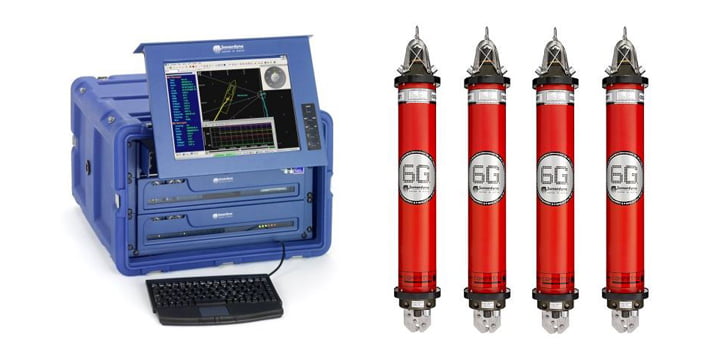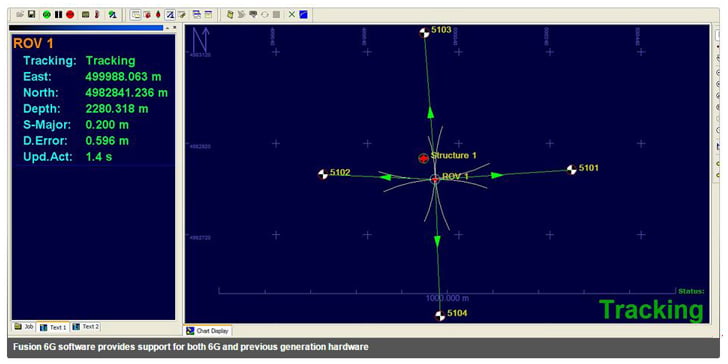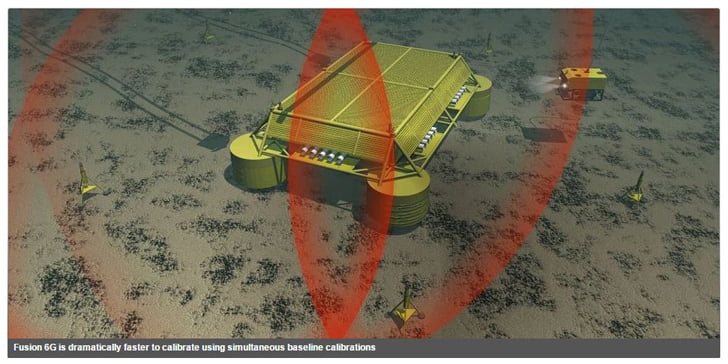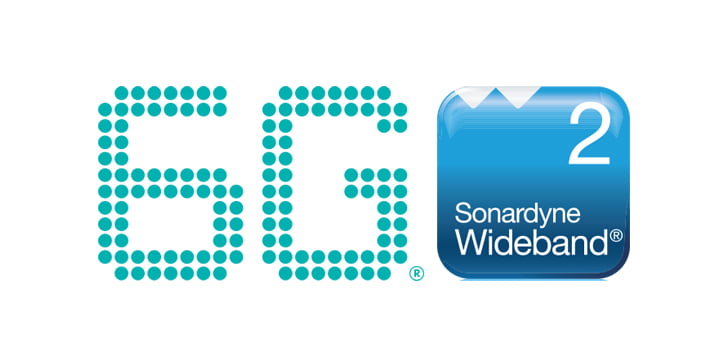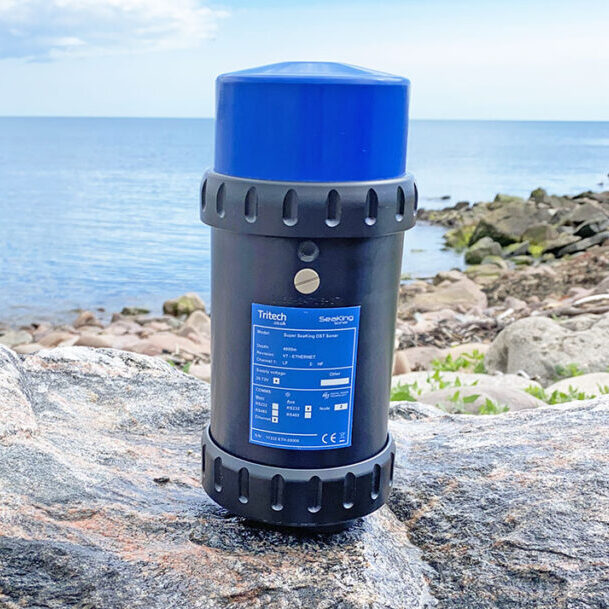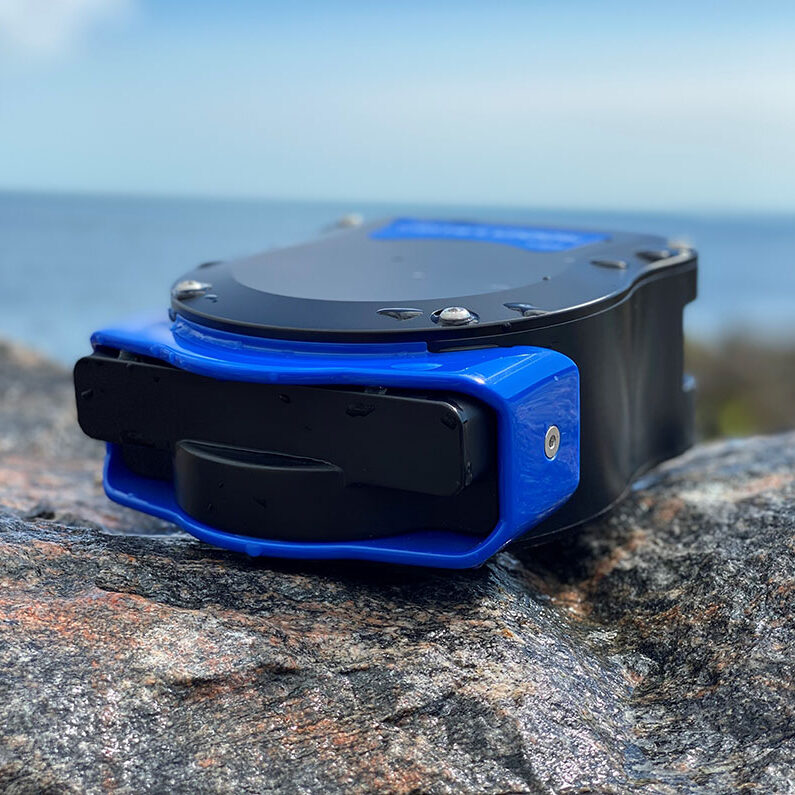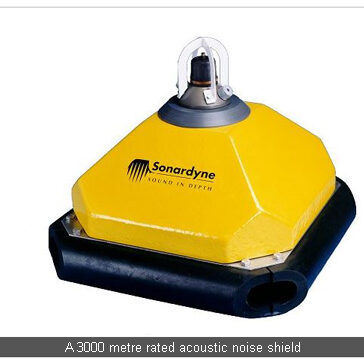Sonardyne Fusion 6G LBL
Fusion 6G® continues to be the world’s most popular Long BaseLine (LBL) acoustic positioning system by providing the most accurate method for installing subsea structures, tracking ROVs and conducting acoustic metrology. The system operates by measuring acoustic ranges to a seabed array of transponders.
Description
The ranges are then passed through a least squares computation to precisely trilaterate a position. As the system utilises a fixed seabed array, the system precision remains the same regardless of water depth.
Fusion 6G® builds on Sonardyne’s existing Fusion LBL software to provide support for the latest generation of Sixth Generation (6G®) instrumentation platform. Keeping a familiar front end software interface along with fully proven wizards to drive the technology means the switch-over to 6G® technology can be considered a low risk process to existing users. When used with Compatt 6 or AMT transponders and a 6G® transceiver, operators have access to the latest Sonardyne Wideband® 2 acoustic navigation and telemetry options.
Sonardyne Wideband® 2 improves on core Wideband 1 technology to provide a more robust solution which can extend the operating capabilities of LBL systems even in the most challenging subsea operating environments.
It allows users to benefit from significant time saving when using the latest Compatt 6 and RovNav 6 equipment which is achieved through a more efficient setup sequence and the ability to perform simultaneous baseline calibrations, dramatically reducing the time taken to calibrate an LBL array. Wideband 2 also allows for signal diagnostics on both telemetry and ranging signals gaining confidence for achieving the correct range which is essential for metrology operations or supplying ranges to aid inertial positioning systems such as Sonardyne’s SPRINT.
Fusion 6G System Overview
Keeping a familiar front end software interface along with fully proven wizards to drive the technology means the switch-over to 6G technology can be considered a low risk process to existing users. When used with Compatt 6 or AMT transponders and a 6G transceiver, operators have access to the latest Sonardyne Wideband® 2 acoustic navigation and telemetry options.
Our Wideband 2 improves on core Wideband 1 technology to provide a more robust solution which can extend the operating capabilities of LBL systems even in the most challenging subsea operating environments.
It allows users to benefit from significant time saving when using the latest Compatt 6 and RovNav 6 equipment which is achieved through a more efficient setup sequence and the ability to perform simultaneous baseline calibrations, dramatically reducing the time taken to calibrate an LBL array. Wideband 2 also allows for signal diagnostics on both telemetry and ranging signals gaining confidence for achieving the correct range which is essential for metrology operations or supplying ranges to aid inertial positioning systems such as our SPRINT INS
System Configuration
SIMULTANEOUS BASELINE CALIBRATION
Before an LBL array can be used for tracking, the positions of the Compatts forming the array need to be known. A baseline calibration procedure involves precisely measuring ranges between each and every Compatt in the array to determine their relative positions.
Traditionally, only a single baseline could be measured at a time due to the requirement for each Compatt to be initiated in baseline collection mode whereby it would measure to a neighbouring Compatt and then telemeter the single range back to the user. With Compatt 6, the user is not required to enable any modes of operation as the Compatt 6 is able to operate in all modes at the same time. As such, a Compatt 6 can range to all other array Compatts simultaneously and then store these ranges prior to them all being telemetered back to the user. This method offers considerable time saving which increases as the array size increases. For example, an eight Compatt array calibration that would have taken over 90 minutes to complete, can now be done in less than 15 minutes. That is over six times faster.
SIGNAL DIAGNOSTICS
All received Wideband 2 signals are quantified for signal quality (coefficients) and report all this information to the user as part of the range or telegram message. Fusion 6G® is able to use this diagnostic information and report it to the user as simple quality figures. Thus confidence is gained that the direct signal has been detected lowering the risk for acoustic metrology operations. Additionally, these signal quality figures could be used to optimally weight an acoustically aided inertial navigation system.
MULTIPATH TOLERANT
With the extra signal length and data bits in a Wideband 2 signal, the effects of multipath are clearer to mitigate against. In addition, the variable power and gain found within 6G® instruments also help to reduce the effects of signal multipath. Even if multipath cannot be avoided,Wideband 2 still produces much cleaner and sharper signal correlation compared to previous generations allowing the published ranging accuracy to be maintained for direct signal path.
FASTER TO SET-UP AND CALIBRATE
New simple telemetry commands such as ‘Get’, ‘Set’ and ‘Sense’ have removed the previously complex configuration process for setting up Compatts on the seabed. This means that there is minimal requirement for training for operators as the complexity is now incorporated into the instruments and not the software. Therefore it has got easier, not harder.
BACKWARDS COMPATIBILITY
Fusion 6G® continues to provide users with support for Compatt 5, RovNav 5 and GDT USBL transceivers. In addition, 6G® transceivers are able to set-up and range to 5th generation as well as 6G® transponders allowing a seamless migration and backwards compatibility from existing technology.
SCRIPTING TOOL
There is also the addition of a new Scripting Tool which allows users to create their own data set which is specific to their requirements. This allows users to gather range and sensor measurements which can either be imported back into Fusion for calibration or exported in a .CSV file for use in external software packages.
COMPATT 6
Compatt 6 offers significant time saving using faster and more robust Wideband 2 acoustic ranging and telemetry protocols. This makes any system operating with Compatt 6 significantly easier to operate therefore de-risking operations, reducing vessel time and reducing training requirements for offshore personnel. For example, in one transmission, Compatt 6 tells the navigation system what sensors and functionality it has available as well as its complete configuration.
Compatt 6 also delivers longer ranges. For example, in an extreme deep water isothermal region, Compatts in floats 10 m off the bottom will achieve ranges of over 2.5 km with a horizontal deflection of only 0.2 m in a 1/2 knot current. Longer strops will yield even greater ranges.
ROVNAV 6
RovNav 6 is an LBL ranging and telemetry transceiver specifically designed for installation on work-class ROVs. Its high power output and Wideband 2 signal processing offers improved range and acoustic performance in challenging conditions such as on noisy vehicles or in multipath environments. The rugged and lightweight omni-directional remote MF transducer makes installation on an ROV easy.
RovNav 6 supports a range of internal sensors including; strain gauge pressure, direct reading sound velocity, PRT temperature and MEMS based inclinometer.
GYROCOMPATT 6
GyroCompatt 6 integrates a Compatt 6 transponder and Lodestar AHRS into one small, highly versatile and robust instrument. This provides high update rate wireless attitude, heading, heave, surge, sway, pressure, SV and acoustic positioning of any subsea object. Structure position and orientation can be accurately determined during lowering, set-down and as-built surveys.
Using the GyroCompatt 6 for metrology delivers the measurements required for pipe-end coupling. The stab, gyro and transducer are pre-aligned and this speeds up spot measurements as only single observations are required.
DUNKER 6
Dunker 6 is a 6G LBL and telemetry transceiver specifically designed for vessel deployment. The super duplex stainless steel housing and vibration isolated electronics makes for an extremely rugged dunking system. Dunker 6 is fully compatible with our modem and logging equipment such as AMT and Fetch products, allowing it to be used to retrieve data or configure logging regimes.
